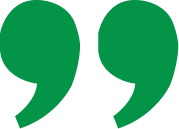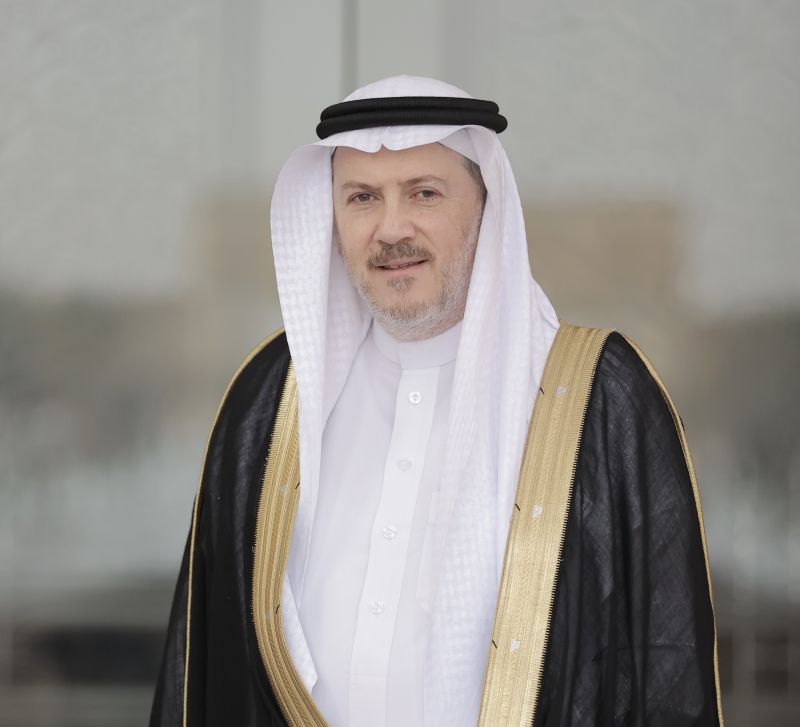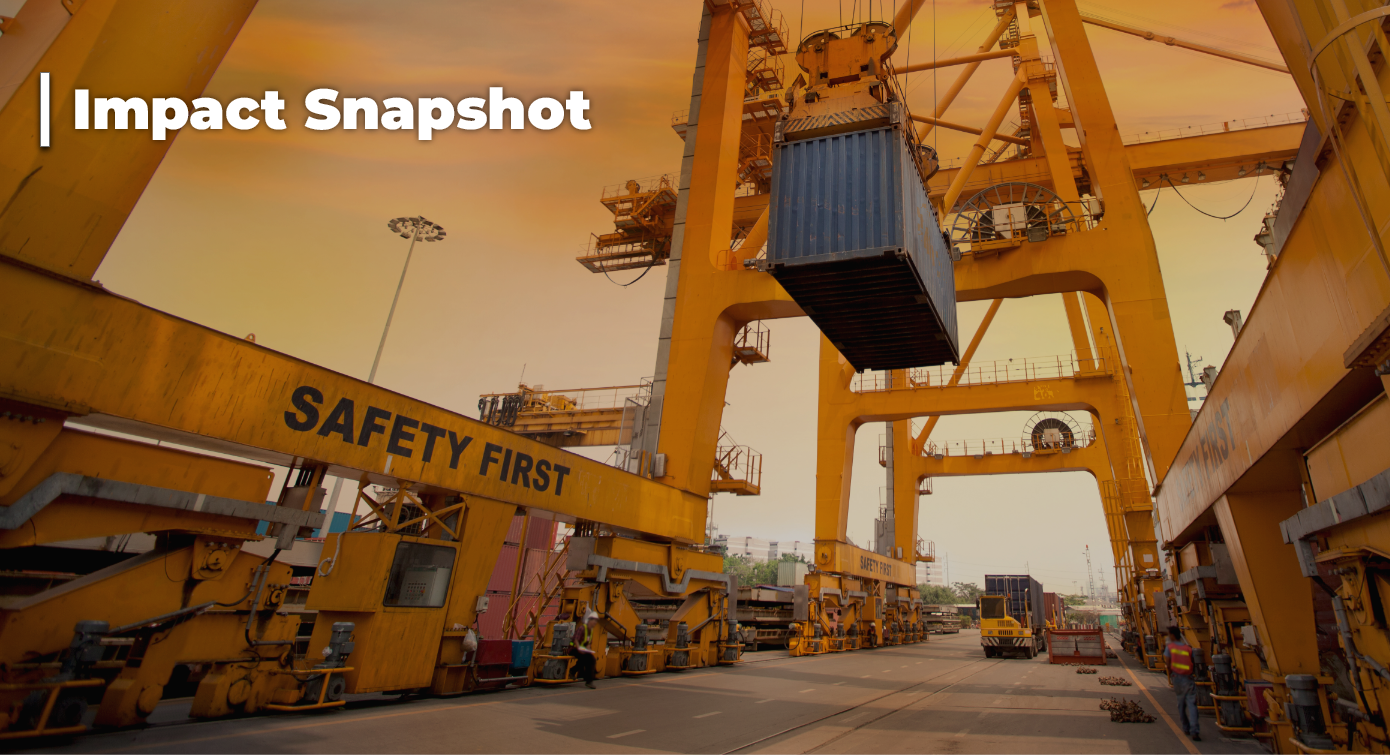
Mandate
Advancing Trade, Improving Lives.
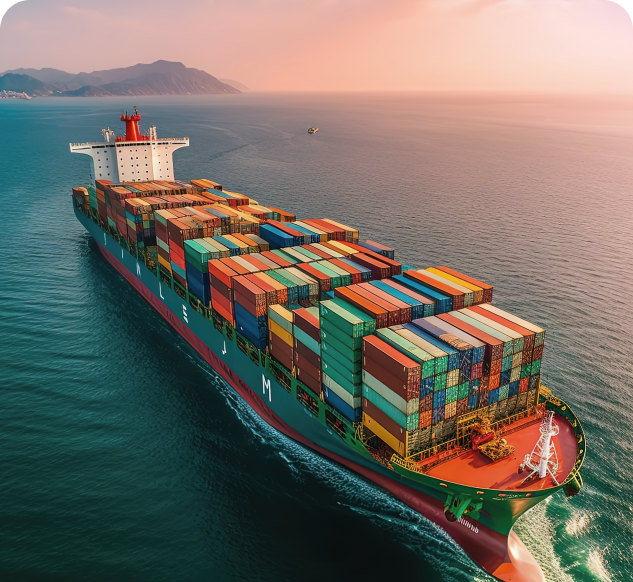
Vision
To become the leading provider of trade solutions for OIC member countries' needs.

Mission
To act as a catalyst for trade development among OIC member countries and beyond.
ITFC's Value Addition to the Global Development Agenda
- Trade is recognized as a key enabler of the 2030 UN Sustainable Development Agenda
- Trade finance is indispensable to international trade
- Trade finance significantly impacts trade flows and its availability and access help ensure the continuity of international trade
- Through targeted grants, ITFC supports transformative interventions designed to strengthen resilient, inclusive, and sustainable regional supply chains
- The Islamic Development Bank Group is the only MDB with an autonomous entity dedicated to fostering regional trade across member countries
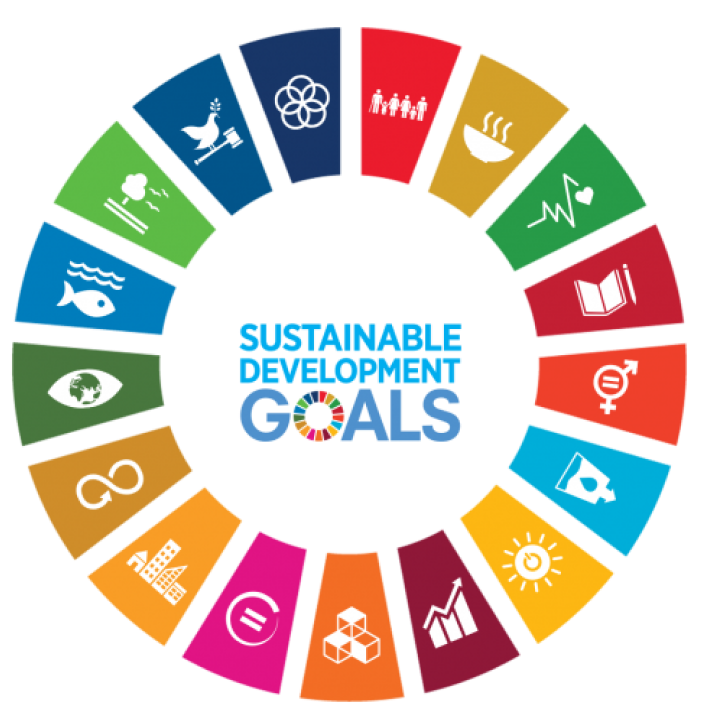
Contribution to the

US$6.7 billion
of trade finance disbursed to support international
trade.
US$268.8 million
worth of income redistributed to smallholder
farmers.
US$2.7 billion
disbursed towards LDMCs.
More than
US$ 1.6 billion
disbursed to the food and agriculture
sector.
Over
30 million
households benefitting from food
financing.
Around
380,000
farmers benefitting from ITFC support.
3,101
people trained
and Clean Energy
US$4 billion
disbursed to the supply of energy inputs.
13.8 million
households (est.) provided with access to
electricity.
105,588
jobs supported within client institutions.
US$312 million
of financing extended through.
23
partner banks
312
corporates and MSMEs provided with access to
financing.
US$263 million
of agriculture export value pre-financed by
ITFC.
US$4.2 billion
mobilized from syndicated partners.
US$4.8 billion
of Intra-OIC trade financing.
Spotlights
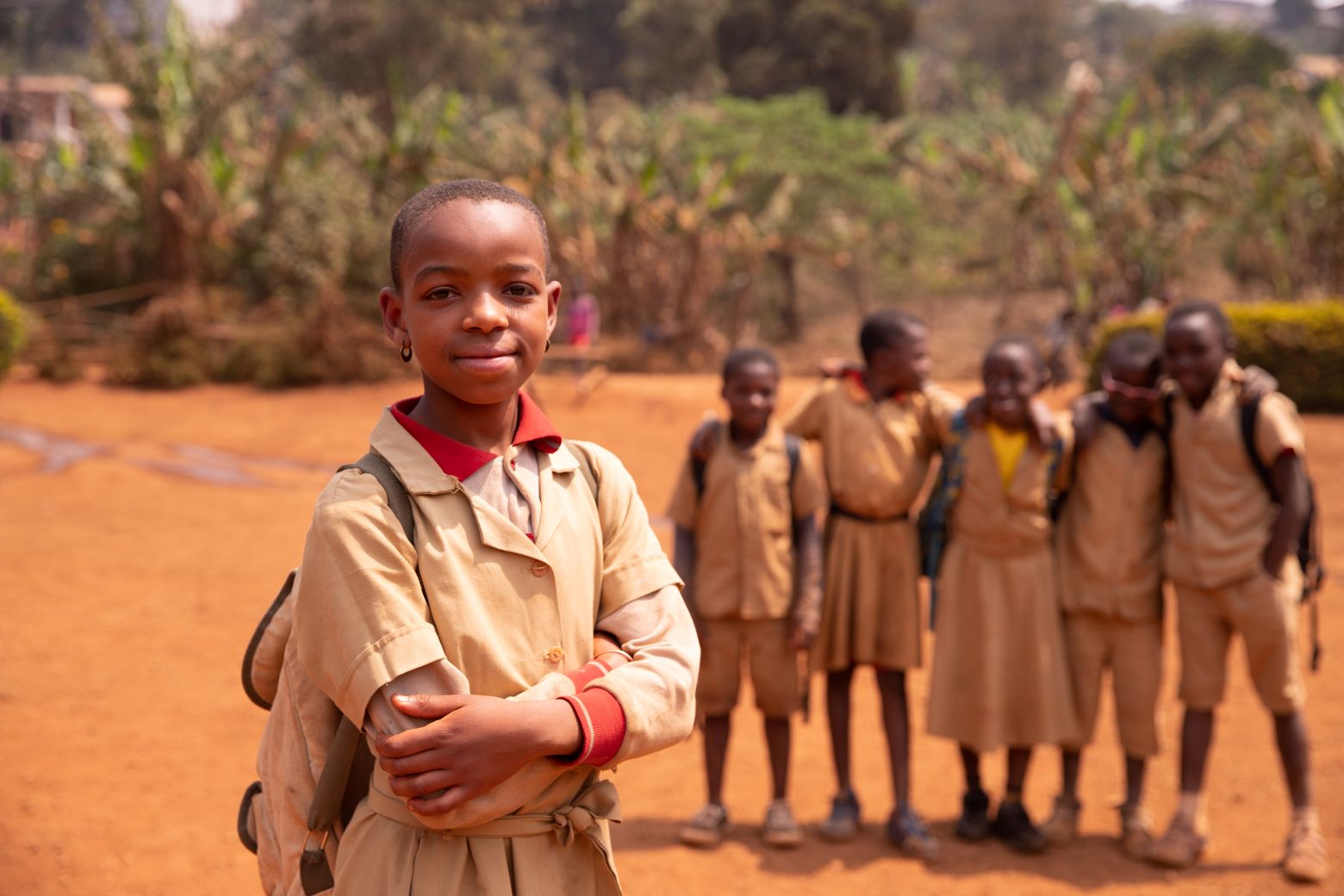

Supporting Economic Diversification through Private Sector Development
Read more →
Fostering Resilient, Inclusive Trade through Grants and Partnerships
Read more →Sustainability and Impact Management

Managing E&S Risks for Trade Finance
Read more →
Integrated Climate Accounting, Disclosure, and Offsetting
Read more →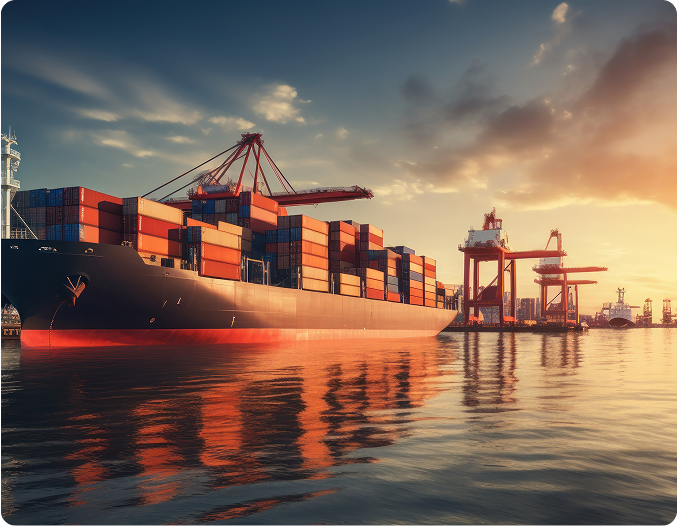
What is the
ADER >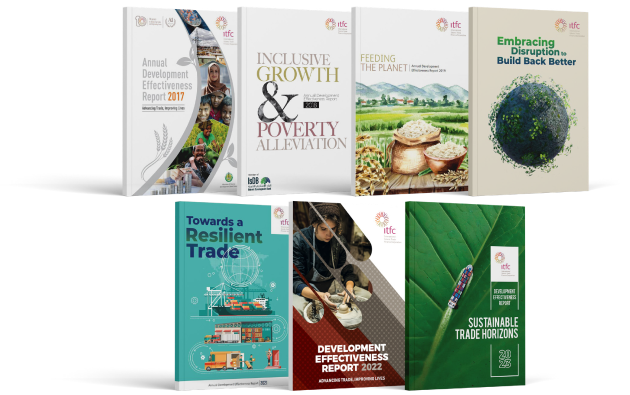
The Development Effectiveness Report (ADER) is ITFC's primary tool for monitoring and reporting on its performance in achieving development results. The ADER uses the indicators in the ITFC's Development Impact Framework (DIF) as a yardstick for reporting and to showcase its contribution to the Sustainable Development Goals.
With 54 indicators, the ITFC DIF enables management and stakeholders to evaluate performance, from the perspective of development impact, by assessing the extent to which its activities are aligned with the priorities and the theory of change pertaining to the Corporation.
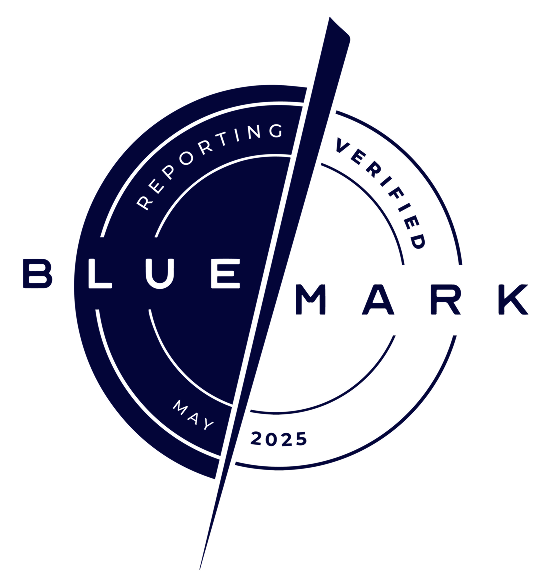
ITFC engaged BlueMark, a Tideline company, to independently verify the quality of ITFC's external impact reporting based on industry best practices, including the Sustainable Development Goals and the Operating Principles for Impact Management, among others. BlueMark's assessment findings cover both areas of strength and areas for improvement, as reflected in the Verifier Statement for the Year 2024 reporting period.
Click to read the Independent Auditor's Verifier Statement
A limited assurance was provided on a sample of indicators that were deemed to be representative of the DIF indicators. They included indicators at operational, output and outcome levels, based on different methodologies and data collection approaches.
Click to read the Independent Auditor's Limited Assurance Statement
About Bluemark
A limited assurance was provided on a sample of indicators that were deemed to be representative
of the DIF indicators. They included indicators at operational, output and outcome levels, based
on different methodologies and data collection approaches.

